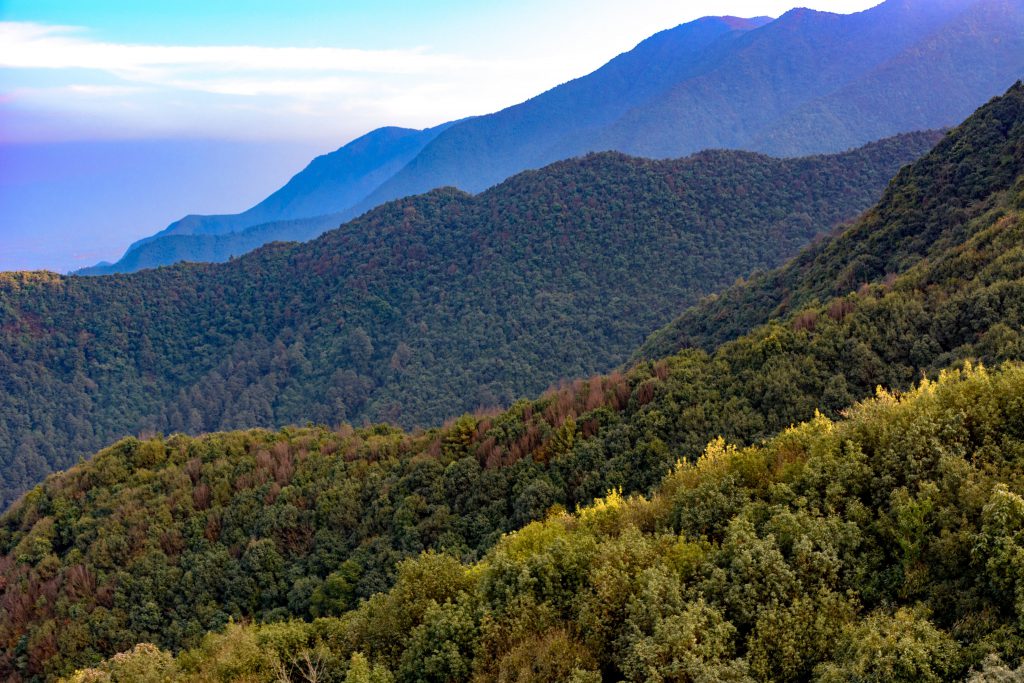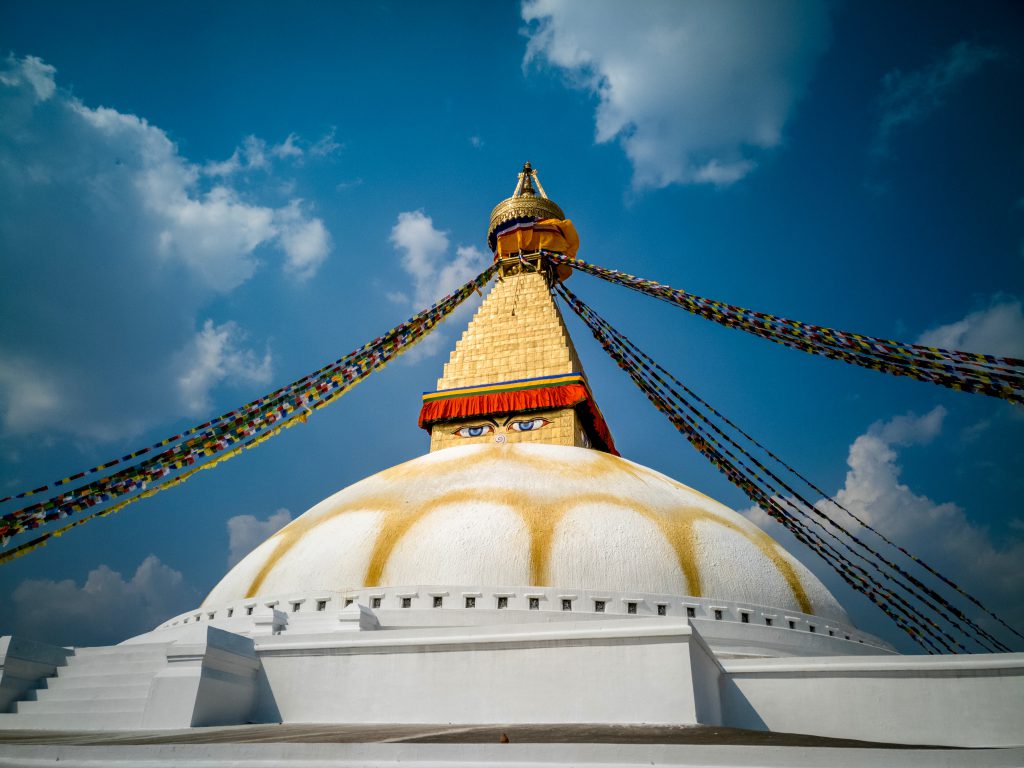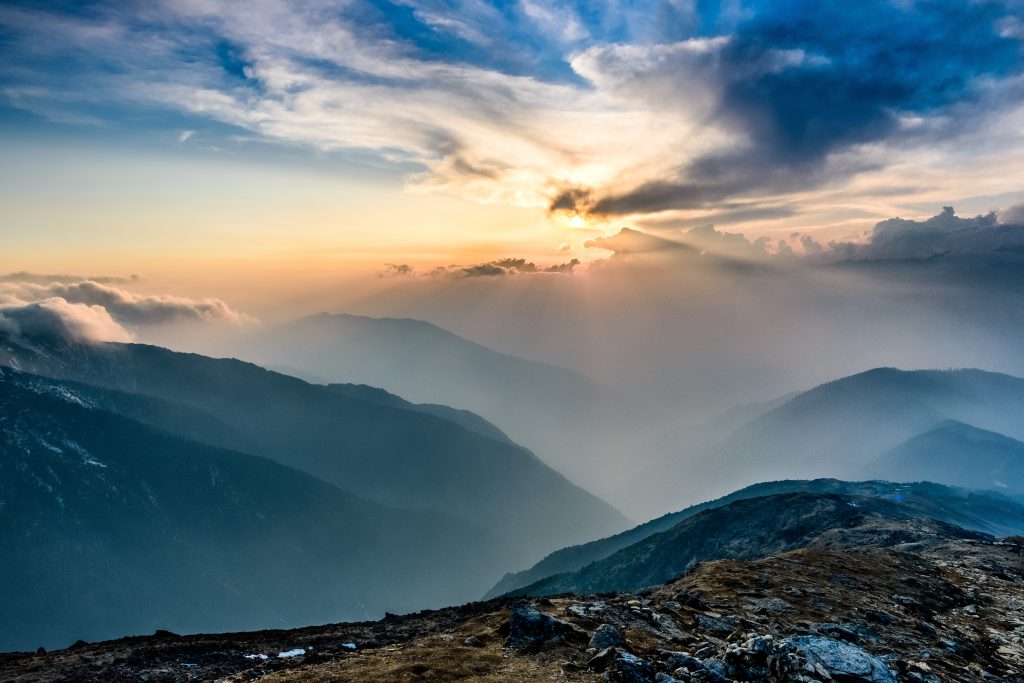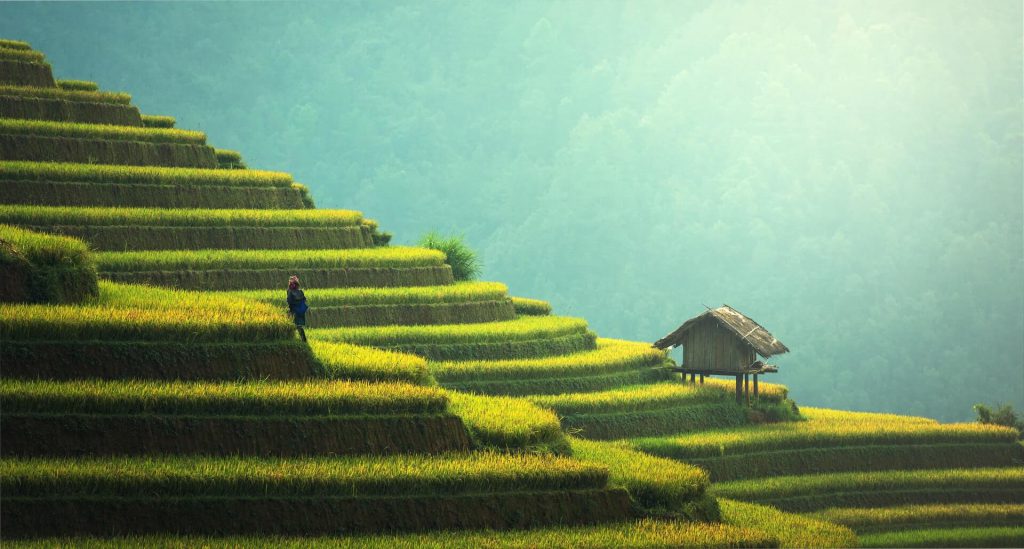Join Our Fixed Trip Starting Date
| TRIP DATES | PRICE | AVAILABILITY |
|---|
Easy treks around the Kathmandu Valley have become very popular over recent years, The Sundarijal Chisapani Nagarkot Trek is a lovely short trek within The Kathmandu Valley, rich with many birds and wildlife. A true feeling of nature as we hike through beautiful villages. We hike past lush green terraced hillsides that grow seasonal crops of mustard and wheat. There are some magnificent mountain views throughout the three days. We start the trek at Sundarijal, a fourty five minute drive from Kathmandu. The trail leads upwards past small villages and through forests of oak and rhododendron to the settlement of Chisopani for our first night. Chisapani is a small settlement of Brahmin, Gurung and Sherpa groups that provides fantastic views of the Himalayas.
The following day we head to the hill station of Nagarkot. This is a great day and takes approximately 6 hours.The hike is mostly through lush forest to reach our destination. Nagarkot is renowned for its sunrise and sunset views over the Himalayas.Mount Everest along with many other snow-topped peaks are spread out before you. After a good breakfast at Nagarkot we trek down four hours along a ridge to the temple of Changu Narayan.This temple is the oldest Hindu temple in the Kathmandu Valley and it features some amazingly intricate carvings of Tantric deities. The earthquake of 2015 badly damaged Changu Narayan and its associated buildings however restoration of the complex is well under way.
Our transport will pick us up from here to take us to Bhaktapur, a short ride away where we take lunch. Bhaktapur with its narrow brick paved streets seems locked in centuries old beliefs. Old traditions that provide hidden treasures of some sort around every corner.After spending time here we take our car back to the hotel in Kathmandu (one hour).
- Exploring monasteries and temples within the Kathmandu Valley
- Fascinating vistas of the Himalayas.
- Rich culture of diverse ethnic groups.
- Old Towns and customs
- Sightseeing tour of the heritage sites around Kathmandu.

 +977 9851093973 (Thakur)
+977 9851093973 (Thakur)



